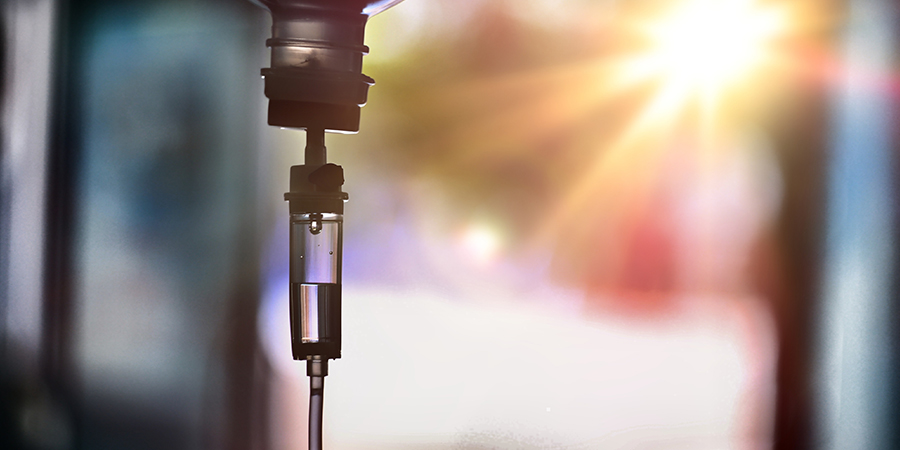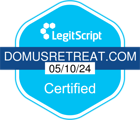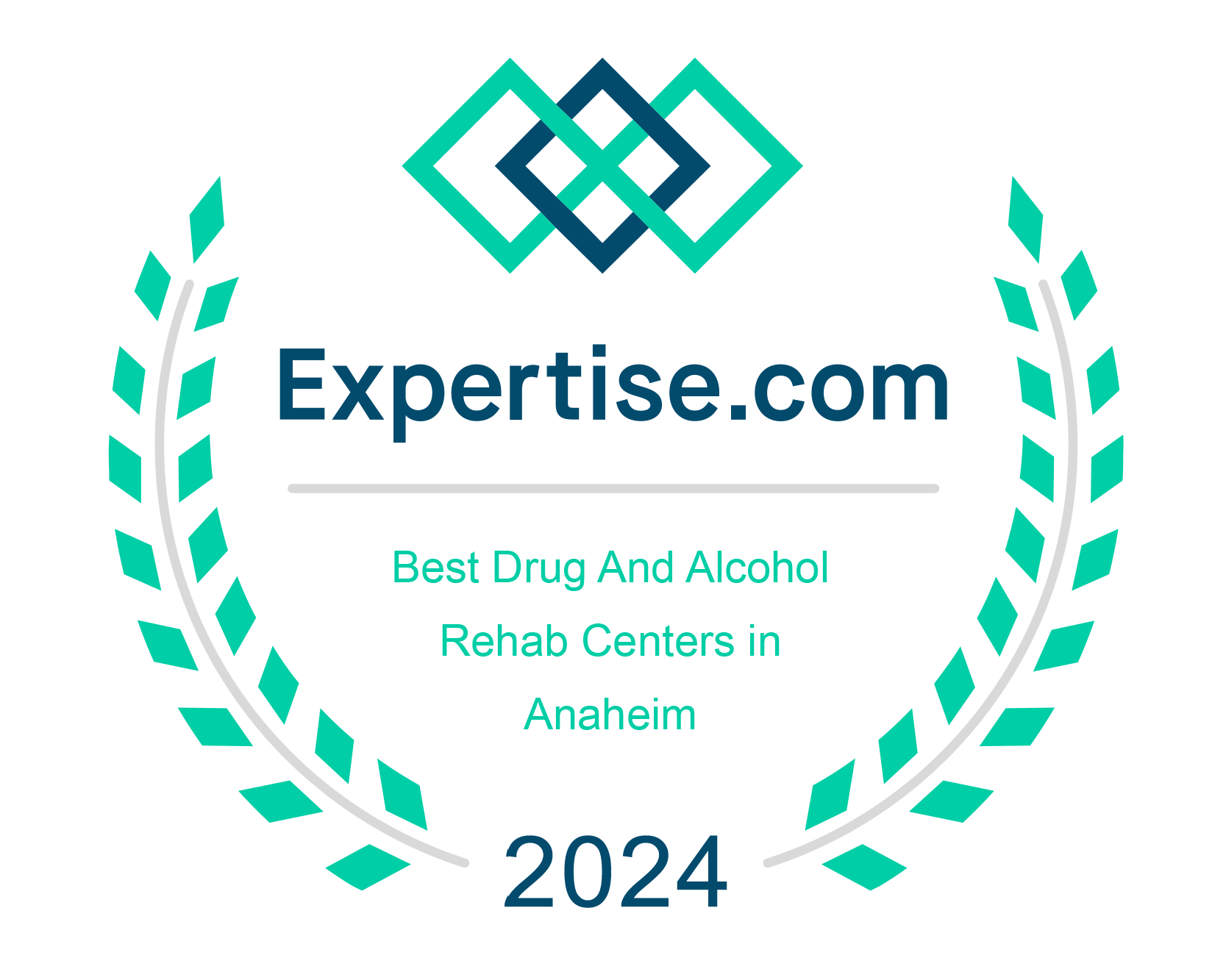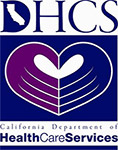When a person struggles with opioid addiction, the road to recovery can be complicated and intimidating. Professional treatment is almost always necessary, but one of the most inhibitive barriers to seeking treatment is the idea of going through opioid withdrawal. Many options are available to help with withdrawal, which include rapid detox. However, many people wonder if rapid detox is dangerous.
Waismann Method Detox is considered the safest rapid detox center available. The center provides patients comprehensive individualized care before, during, and after opioid detoxification.
Opioid Withdrawal Treatment
As you or a loved one may understand all too well, withdrawing from opioids is a distressing experience. Signs and symptoms of opioid withdrawal include irritability, anxiety, gastrointestinal upset, pain, insomnia, tremors, and extreme drug cravings. Such intense effects deter many individuals from seeking the professional help they need. They desperately want, if for no other reason than the prospect of spending at least 90 days in an addiction treatment program—the minimum effective duration, according to the National Institute on Drug Abuse—feels like an unreachable goal obstructed by an initial and seemingly unbearable withdrawal period.
Rapid Detox as a Solution
One potential solution to this barrier to treatment is rapid detox. In that time, rapid detox—alternatively called anesthesia-assisted detoxification, accelerated opioid detox, rapid opiate detox, and ultra-rapid detox—has undergone considerable innovations and iterations.
Today, rapid detox stands as a potential and powerful catalyst to recovery for many of the 2 million Americans living with opioid use disorder. It receives considerable scrutiny from the medical community as a modality, with many allegations regarding its safety and effectiveness. It’s no wonder some people ask if rapid detox is dangerous. But are such allegations correct?
At the Waismann Method®, our team sets the bar for the rapid detox protocol. We stand proudly behind our decades of experience and provide our Waismann Treatment® services in a full-service accredited hospital where a multidisciplinary team of medical professionals is ready to evaluate, consult and support our medical director. We’re happy to answer your questions about rapid detox and help you understand its risks and benefits.
How Does Waismann Method Rapid Detox Work?
Rapid detox quickly removes opioids from a person’s body (specifically, from the opioid receptors within the central nervous system). This occurs by administering FDA-approved medications like naloxone (acting as an opioid-antagonist) while the person is under sedation.
Because they’re sedated, a person effectively avoids the conscious experience of opioid withdrawal, which is completed in about 90 minutes or less. (Unlike other rapid detox programs, the Waismann Method® doesn’t end here, as we’ll see.) And since there’s no need to actively suffer through withdrawal symptoms—which can otherwise last up to 5 to 7 days (or even weeks, as is the case with some long-lasting drugs like methadone)—is coming off opioids, initializing treatment becomes much more feasible.
Benefits of Rapid Detox
Rapid detox has proven to be safe and successful if it meets a few critical criteria :
- A board-certified anesthesiologist provides the treatment with extensive experience in opioid treatment.
- The treatment is provided at an accredited and full-service hospital. (As a cost-cutting method, some rapid detox programs occur in ambulatory clinics or surgical centers or even unaccredited hospitals, where immediate and superior medical resources are unavailable—and if they are, at a subpar level.)
- Appropriate candidates receive the treatment—and only following comprehensive medical evaluations and screenings. (With Waismann Method®, patients are not pushed to rapid detox when they are not an optimal candidate because other medically assisted options are available.)
When these essential parameters are met, and the treatment is performed responsibly on eligible patients, rapid detox has nearly a 100% success rate. What does this mean? Patients are no longer physically dependent on opioids nor impaired by the cognitive influence of opioids. This renders them much more mentally clear and emotionally (and physically) prepared to engage in subsequent therapy.
Of course, many emotional issues driving addiction cannot be fully resolved in a matter of 1, 30, 60, or 90 days, and no reputable rapid detox program would make such a claim. Sometimes continuous mental health therapy over many years is necessary.
But being opioid-free—which rapid detox provides—allows the patient a much better chance to adhere to and progress in emotional and behavioral treatment.
Waismann Method® Rapid Detox Backed by Research
Scientific research supports rapid detox. For example, a 1997 randomized controlled study involving 300 subjects with treatment-resistant heroin addiction underwent two medically-assisted rapid detox forms. 100% of the subjects achieved clinically successful detox, and 93% remained abstinent 30 days later.
A paper published in a peer-reviewed journal reviewed nine studies on rapid detox. It concluded that the technique “constitutes a safe and effective solution for opiate-addicted patients.” The authors point out that more rigorous research is indicated to clarify the treatment’s validity, safety, and effectiveness—a welcome and sensible position.
A more recent study had demonstrated that, unlike traditional detoxification procedures, patients who had undergone rapid detox had experienced milder withdrawal symptoms.
Possible Risks of Rapid Detox
Even with the research and data mentioned above, some may read stories elsewhere and wonder if rapid detox is dangerous. As mentioned, rapid detox has some criticism. But this criticism needs to be evaluated beyond clickbait face value.
Risk of Adverse Effects

However, it’s important to remember that not all centers follow adequate safety protocols. And like any medical intervention, rapid detox does carry at least some risk level. But these risks are drastically mitigated when treatment is provided under the parameters previously described—e.g., at a full-service hospital and by an experienced board-certified M.D., which is the standard of care afforded to patients of the Waismann® Method.
Rapid Detox Efficacy
Another criticism of rapid detox is that patients allegedly have a higher relapse rate than those undergoing conventional treatments. Unfortunately, this argument rests on a considerable amount of intellectual dishonesty.
The conventional treatment for opioid use disorder involves long-term medication use—so-called medication-assisted treatment (MAT). Many clinicians and governing bodies consider MAT the “gold standard” for opioid addiction treatment. It’s also worth mentioning that MAT is probably more profitable from a provider perspective since it relies on a long-term management model rather than immediate resolution.
Rapid Detox Vs. MAT
The problem with comparing the success rates of rapid detox to those of MAT is that these methodologies are not comparable.
With MAT, patients remain on opioids indefinitely. Heavily regulated and sometimes subsidized “prescribed” drugs (albeit much safer ones) like methadone or Suboxone replace heroin and other illicitly obtained drugs. To be clear, MAT drugs are certainly the safer option if a person must choose between these and illicit street drugs. Sometimes, providers use Suboxone as a short-term titration, helping a person overcome withdrawal.
But practically, patients undergoing MAT cannot truly “relapse” in the conventional sense since they don’t stop using opioids in the first place. This leads to a significant confounding factor—often ignored by critics of rapid detox—which can skew the comparison of efficacy between rapid detox and MAT.
This is not to denigrate MAT, per se. But grossly dismissing rapid detox as a viable treatment option is myopic at best and could even cost human lives at worst.
To summarize, the science behind rapid detox is soundly based on scientific literature. As a treatment, its safety and success depend largely on where the treatment occurs and by whom. Further research would help illuminate rapid detox’s role in the opioid crisis. In the meantime, it remains a valuable resource for adequate candidates in the appropriate setting and with an experienced physician.
Waismann Method Detox- The Rapid Detox Difference
Is Rapid Detox Dangerous?
Waismann Method has been the industry leader since 1998. Anesthesia-assisted detox is provided at a full-service accredited hospital and under the direct care of a quadruple board-certified medical doctor. When rapid detox is performed responsibly, it achieves a nearly 100% success rate.
Waismann Method detox protocols are fully customized to meet each patient’s unique needs. Patients also enjoy a short stay at our exclusive recovery center. This optimizes a patient’s comfort and helps them successfully transition into their journey toward recovery. Here’s why:
A normal physiological regulation occurs after complete detoxification from opioids. Patients are hypersensitive as their home metabolism tries to adjust. There are fears, discomforts, and readjustments happening. Having a safe and professional environment throughout this challenging period is not just beneficial but necessary. With the Waismann Method®, we don’t cut corners. Our patients’ safety, comfort, and success are what we’ve spent the last two decades fighting for.
Conclusion
Like any other medical procedure, rapid detox is as safe and effective as the doctor’s experience and responsibility performing the treatment, the availability of supportive medical resources, and the appropriateness of the candidate undergoing the service. Rapid detox is not an overnight miracle and should not be seen as one. It’s not a panacea, but clinical and case study evidence does suggest that rapid detox is an important stepping stone for many individuals searching for sobriety.
Are you or a loved one looking to be free of opioids? Contact the Waismann Method Rapid Detox treatment team today.
Call to schedule a consultation and find out more about how we may be able to help.Call 1-866-713-3869



















